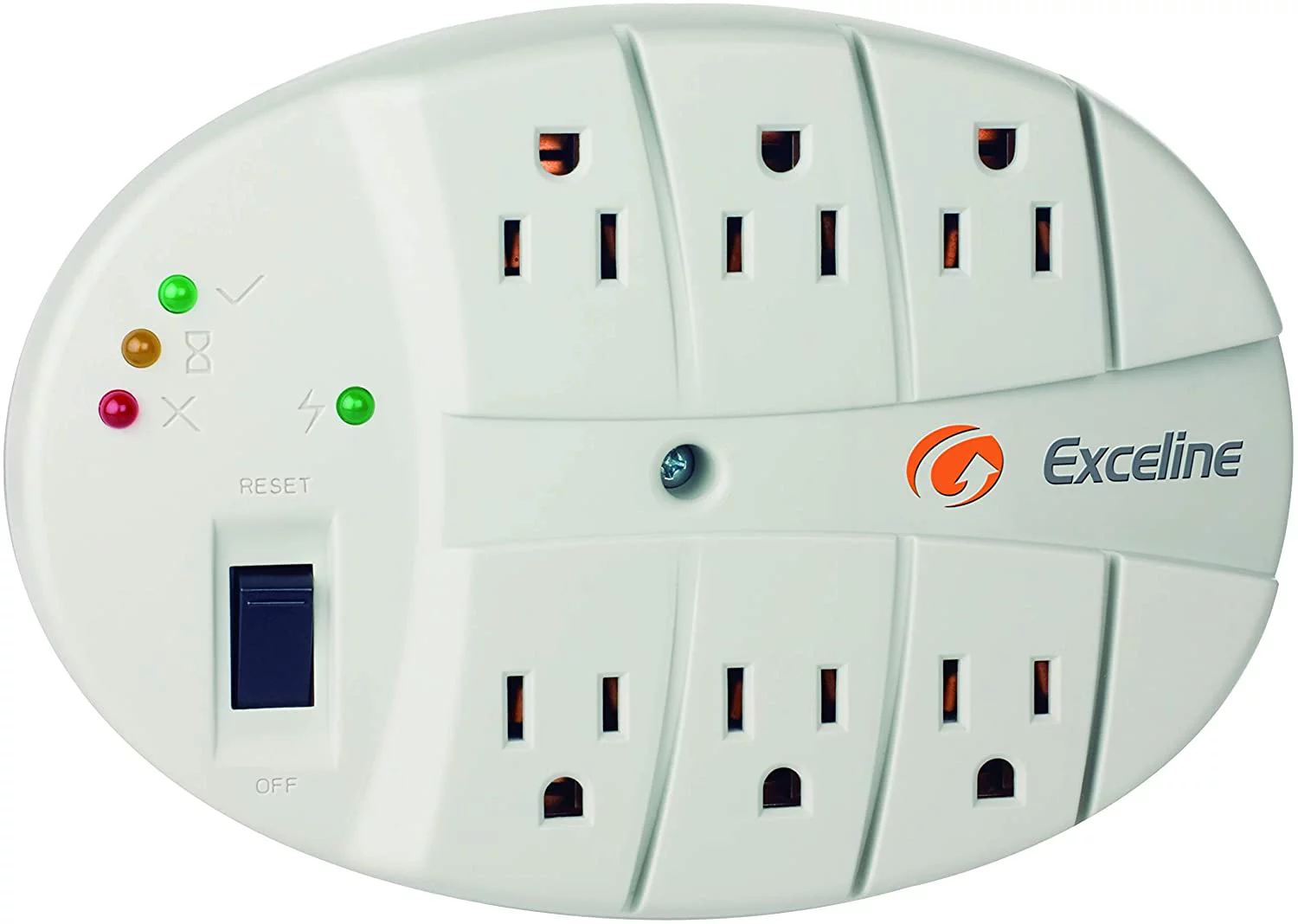

Articles
What To Look For In Surge Protector
Modified: October 22, 2024
Discover key factors to consider when choosing a surge protector. Read our informative articles and find the best surge protector for your needs.
(Many of the links in this article redirect to a specific reviewed product. Your purchase of these products through affiliate links helps to generate commission for Storables.com, at no extra cost. Learn more)
Introduction
A surge protector is an essential device that safeguards your valuable electronic equipment from power surges. Power surges can occur due to lightning strikes, power grid fluctuations, or even appliances turning on and off. These surges can cause irreparable damage to your devices, resulting in data loss, premature wear and tear, or complete failure.
Investing in a high-quality surge protector is crucial to protect your expensive electronics like computers, TVs, gaming consoles, and home theater systems. However, with so many options available in the market, it can be overwhelming to choose the right surge protector that meets your needs.
In this article, we will discuss the key factors you should consider when selecting a surge protector. By understanding these factors, you can make an informed decision and ensure that your devices stay safe from power surges.
Key Takeaways:
- Invest in a surge protector with a high joules rating and fast response time to effectively safeguard your valuable electronic devices from power surges. Ensure it has enough outlets and supports your plug type and voltage standards.
- Look for surge protectors with indicator lights, EMI/RFI filtering, and comprehensive warranties to provide valuable information, eliminate interference, and offer protection against defects. Prioritize features and functionality within your budget range for optimal device protection.
Read more: What Causes A Surge Protector To Trip
Importance of Surge Protectors
Power surges can occur at any time and have the potential to cause significant damage to your electronic devices. A surge protector acts as a safety net by diverting excess voltage away from your equipment, preventing it from reaching your devices and causing harm. Here are a few reasons why surge protectors are important:
- Protection from Power Surges: Power surges can originate from various sources such as lightning strikes, utility company issues, or even internal electrical problems. Surge protectors detect these surges and redirect the high voltage safely to the ground, protecting your devices from damage.
- Preserve Data and Equipment: Imagine working on an important document or editing a video when a sudden power surge wipes out all your data. Surge protectors can help prevent data loss and protect your equipment, saving you from costly repairs or replacements.
- Extended Lifespan: Electronics can be sensitive to fluctuations in voltage. By using a surge protector, you ensure that your devices receive a consistent and regulated power supply, reducing the risk of long-term damage. This can help extend the lifespan of your electronics.
- Convenience and Versatility: Surge protectors come in various configurations, including power strips and wall-mounted options. These offer multiple outlets, USB ports, and even surge protection for phone and cable lines. Surge protectors provide convenience and versatility, allowing you to power and protect multiple devices simultaneously.
- Peace of Mind: Knowing that your valuable electronic devices are protected by a surge protector provides peace of mind. You can go about your daily tasks without worrying about sudden power surges damaging your equipment.
It is important to note that surge protectors are not foolproof and have limitations. While they can protect against most power surges, direct lightning strikes or severe electrical events may exceed their capacity to safeguard your equipment. In such cases, it is recommended to unplug your devices during storms or use additional protection methods.
Types of Surge Protectors
When it comes to surge protectors, there are several types available in the market. Understanding the different types can help you choose the one that best suits your needs. Here are the most common types of surge protectors:
- Power Strip Surge Protectors: Power strip surge protectors are the most common and widely used type. They are equipped with multiple outlets, allowing you to connect and protect multiple devices simultaneously. Power strip surge protectors are versatile and come in different lengths, cord options, and surge protection functionalities.
- Wall-Mounted Surge Protectors: Wall-mounted surge protectors offer the convenience of mounting directly on the wall, saving space and keeping cables organized. They provide surge protection for multiple outlets and sometimes include USB ports for charging devices.
- Whole-House Surge Protectors: As the name suggests, whole-house surge protectors are installed at the main electrical panel of your home. They provide protection to all electrical appliances and devices throughout the entire house. These surge protectors are typically installed by a licensed electrician and offer comprehensive surge protection for your entire home.
- Portable Surge Protectors: Portable surge protectors are compact and designed for travel or on-the-go use. They are lightweight and often come with a built-in USB charger. Portable surge protectors are ideal for protecting devices like laptops, smartphones, and tablets while traveling or working in different locations.
When choosing a surge protector, consider the specific needs of your devices and the environment where they will be used. Power strip surge protectors are suitable for most home and office setups, while whole-house surge protectors are best for protecting all electrical equipment in your home. Portable surge protectors are convenient options for travelers or individuals who frequently work in different locations.
Regardless of the type, make sure the surge protector you choose has appropriate joule rating, a response time of fewer than nanoseconds, and UL 1449 certification. These factors play a crucial role in the surge protector’s effectiveness and reliability in protecting your devices.
Joules Rating
The joules rating is a crucial factor to consider when choosing a surge protector. It indicates the amount of energy the surge protector can absorb before it fails to provide adequate protection. The higher the joules rating, the more energy the surge protector can handle.
When a power surge occurs, the surge protector diverts excess voltage to the ground, ensuring that it doesn’t reach your devices. The joules rating determines how much energy the surge protector can absorb during this process. If the surge exceeds the joules rating, the surge protector may fail to provide effective protection, leaving your devices vulnerable to damage.
It is recommended to choose a surge protector with a joules rating of at least 600 joules for basic protection. However, if you are looking to protect sensitive or expensive equipment, such as home theater systems or gaming consoles, consider surge protectors with higher joules ratings, such as 1000 joules or more.
Keep in mind that the joules rating alone is not the sole indicator of surge protector quality. Other factors, such as the response time and UL 1449 certification, also contribute to the overall effectiveness of the surge protector. It is important to evaluate these factors in combination with the joules rating to ensure optimal protection for your devices.
Remember that the joules rating of a surge protector can degrade over time as it absorbs repeated power surges. It is recommended to replace surge protectors every few years or after they have experienced a significant surge to maintain their effectiveness.
Number of Outlets
The number of outlets is an important consideration when selecting a surge protector. It determines how many devices you can connect and protect simultaneously. Having an adequate number of outlets can help you avoid the hassle of using multiple surge protectors or power strips.
When assessing the number of outlets you need, consider the devices that require surge protection. Common household electronics, such as computers, TVs, gaming consoles, routers, and chargers, may require several outlets. Additionally, think about any future devices you might add to your setup.
Surge protectors come in various outlet configurations, ranging from a few outlets to as many as twelve or more. Power strip surge protectors are popular for their multiple outlets, allowing you to connect multiple devices at once. Some surge protectors also feature a mix of regular outlets and USB ports, providing convenience for charging smartphones, tablets, and other USB-powered devices.
It’s worth noting that while surge protectors offer multiple outlets, it’s important not to overload them by plugging in too many high-powered devices. Check the surge protector’s maximum power capacity, often measured in amps or watts, to ensure it can safely handle the combined power draw of your devices.
Consider your existing devices, the number of outlets you require, and any potential future additions when choosing a surge protector. Having an ample number of outlets will not only provide surge protection for your devices but also offer convenience and flexibility in managing your electronic setup.
Read more: What Does Switched Mean On A Surge Protector
Plug Type
The plug type is an important factor to consider when selecting a surge protector, especially if you have specific electrical outlets or devices with unique plug requirements. Different regions and countries often have different plug types and voltage standards. It’s crucial to ensure compatibility between your surge protector and the electrical outlets in your location.
Most surge protectors are designed with standard plug types, such as the North American two or three-pronged plugs. These plugs are compatible with standard outlets found in most homes and offices. However, if you are traveling or require compatibility with international outlets, you may need a surge protector with interchangeable or universal plug options.
Some surge protectors also feature rotating or adjustable plugs. These versatile plugs can be rotated or adjusted to accommodate different orientations or spaces behind furniture or in tight areas. This can be particularly useful when you need to plug in devices in hard-to-reach locations.
Additionally, it’s important to consider the plug angles or orientation on the surge protector itself. Some surge protectors have right-angle plugs, which can help save space by keeping cords closer to the wall. This can be useful if you have limited space behind furniture or in crowded areas.
When choosing a surge protector, carefully evaluate the plug type and design to ensure compatibility with your electrical outlets and the devices you plan to connect. If you require flexibility for international travel or have specific space limitations, consider surge protectors with interchangeable plugs or adjustable plug options.
Remember to check the voltage compatibility of your surge protector as well, especially if you’re using it in a country with different voltage standards. Using a surge protector that is not compatible with the local voltage can damage your devices or render the surge protector ineffective.
Look for surge protectors with a high joule rating to ensure they can handle large power surges. A higher joule rating means better protection for your electronics.
Response Time
The response time of a surge protector is a critical factor to consider when selecting the right one for your devices. Response time refers to the duration it takes for the surge protector to react and divert excess voltage away from your equipment during a power surge.
During a power surge, every millisecond counts in protecting your devices. Surge protectors with faster response times can quickly detect and divert the surge, minimizing the amount of excess voltage that reaches your devices. This can significantly reduce the risk of damage to your expensive electronics.
Look for surge protectors with response times measured in nanoseconds (ns). A response time of less than 1 ns is ideal, as it indicates a rapid and efficient surge protection mechanism. Higher-end surge protectors often feature specialized components and advanced circuitry to achieve faster response times.
It’s important to note that the response time is part of a surge protector’s overall protection system. Factors such as the surge protector’s joules rating, clamping voltage, and UL 1449 certification also contribute to its effectiveness in diverting and neutralizing power surges.
While response time is a significant consideration, it’s worth mentioning that not all power surges happen instantly. Some surges can build up over time, which may increase the risk of damage. To further protect your devices, consider surge protectors that also feature a higher clamping voltage, which ensures that even smaller, prolonged surges are kept in check.
Ultimately, a surge protector with a fast response time provides an extra layer of defense against power surges. By minimizing the duration and intensity of the surge, it helps protect your electronic devices and ensures their longevity.
Indicator Lights
Indicator lights are a useful feature to look for in a surge protector as they provide visual feedback on its functionality and status. These lights provide valuable information that can help you monitor the surge protector and ensure that it is properly protecting your devices. Here are some common indicator lights found on surge protectors:
- Power Indicator: This light indicates that the surge protector is receiving power and is operational. It is typically a solid or illuminated LED light that lets you know the surge protector is connected to a functioning power source.
- Ground Indicator: A ground indicator light confirms that the surge protector is properly grounded. A grounded surge protector provides an additional layer of protection by redirecting excess voltage to the ground, minimizing the risk of damage to your devices.
- Protected Indicator: When a surge protector experiences a power surge, it may become less effective in protecting your devices. A protected indicator light confirms that the surge protector is still providing protection and hasn’t been compromised by a surge. If the protected light goes out or stays off, it may indicate that the surge protector needs to be replaced.
- Warning Indicator: Some surge protectors have a warning light that indicates a potentially dangerous electrical condition, such as an overloaded circuit or a faulty ground connection. This warning light alerts you to take action and resolve the issue to ensure the safety of your devices.
Indicator lights provide visual cues that help you monitor the status and performance of your surge protector. Regularly checking these lights can give you peace of mind and ensure that your devices remain protected. If you notice any abnormal or inconsistent light behavior, consult the surge protector’s user manual or consider contacting the manufacturer for further guidance.
While indicator lights are a helpful feature, keep in mind that they may vary depending on the surge protector model and manufacturer. Familiarize yourself with the meaning of each indicator light on your particular surge protector to fully understand its functionality.
EMI/RFI Filtering
EMI (Electromagnetic Interference) and RFI (Radio Frequency Interference) can disrupt the performance and functionality of your electronic devices. EMI refers to electromagnetic signals emitted from various sources, such as power lines, electronic devices, or appliances. RFI, on the other hand, includes unwanted radio signals from sources like radio and TV broadcasts, Wi-Fi networks, or mobile devices.
Surge protectors with EMI/RFI filtering capabilities can reduce or eliminate these interferences, providing cleaner power to your devices. This feature is particularly important in environments with high electrical noise, such as offices with many electronic devices or homes near power lines.
EMI/RFI filters help to mitigate the negative effects of these interferences on your devices by blocking or absorbing them. They act as a barrier between your devices and external electromagnetic or radio frequency signals, ensuring that your equipment only receives clean and stable power.
When selecting a surge protector with EMI/RFI filtering, look for models that explicitly mention this feature. Keep in mind that the effectiveness of EMI/RFI filtering can vary depending on the quality of the surge protector. Higher-end surge protectors may employ specialized circuitry or components to provide enhanced filtering capabilities.
In addition to protecting your devices from power surges, surge protectors with EMI/RFI filtering can improve overall device performance. By reducing electrical noise and interference, they can minimize screen flickering, audio distortion, signal degradation, and other issues caused by EMI/RFI.
If you work in a sensitive environment such as a recording studio or have devices that require stable and clean power, consider investing in a surge protector with EMI/RFI filtering. This feature can help ensure optimal performance and longevity for your electronic equipment.
Read more: What Is The Best Surge Protector For An RV
Warranty
When purchasing a surge protector, it is essential to consider the warranty provided by the manufacturer. A warranty offers protection and assurance in case of any defects or failures in the surge protector, allowing you to seek repair or replacement without incurring additional costs. Here are some important factors to consider regarding surge protector warranties:
Duration: Check the duration of the warranty offered by the manufacturer. Warranties can range from a few months to several years. Longer warranties often indicate the manufacturer’s confidence in the quality and durability of their product.
Coverage: Understand what the warranty covers. Does it only apply to the surge protection functionality or does it cover other aspects of the surge protector, such as defects in materials or workmanship? Make sure the warranty covers potential issues that are likely to arise during the expected lifespan of the surge protector.
Repair or Replacement: Determine whether the warranty offers repair or replacement services. In the event of a defect or failure, some manufacturers may provide repair services to fix the surge protector, while others may replace the faulty unit entirely.
Conditions and Limitations: Read the fine print of the warranty to familiarize yourself with any conditions or limitations. Some warranties may require you to register your surge protector or adhere to specific usage guidelines. Ensure that you understand and can meet these requirements.
Customer Support: Assess the manufacturer’s reputation for customer support. Consider reading reviews and testimonials to determine how responsive and helpful they are in handling warranty claims or addressing customer concerns.
While a warranty provides peace of mind, it is important to note that it does not cover all situations. Damages caused by negligence, improper use, or acts of nature, such as lightning strikes, may not be covered. Be sure to follow proper usage guidelines and take additional precautions to protect your devices from such events.
Overall, a comprehensive warranty demonstrates the manufacturer’s commitment to delivering a reliable surge protector. It provides reassurance that you can rely on their product and have recourse in case of any issues or defects. Consider the warranty offered when making your purchasing decision to ensure the best protection for your electronic devices.
Price Range
When searching for a surge protector, it’s important to consider the price range that fits your budget. Surge protectors are available in a wide range of prices, varying based on factors such as brand reputation, features, build quality, and surge protection capacity. Here are some key points to keep in mind when it comes to price:
Basic Surge Protectors: Entry-level surge protectors are often more affordable and provide basic surge protection for your devices. These models typically offer lower joules ratings and fewer features compared to higher-priced options. They are suitable for simple setups and devices with less stringent protection requirements.
Mid-Range Surge Protectors: Mid-range surge protectors strike a balance between price and features, offering a good combination of surge protection capacity and additional functionalities. This includes features like multiple outlets, USB ports, indicator lights, or EMI/RFI filtering. These surge protectors cater to a wider range of setups and provide better protection for more sensitive or valuable electronic devices.
High-End Surge Protectors: High-end surge protectors often come with advanced features and higher joules ratings. They may include features like rotating plugs, advanced EMI/RFI filtering, premium materials, and extended warranties. These surge protectors are ideal for individuals who prioritize comprehensive protection for high-value electronics or require special features.
While it’s essential to consider your budget when purchasing a surge protector, it’s equally important to find the right balance between cost and functionality. Avoid compromising on surge protection capacity and essential features to save a few dollars, as this could potentially put your devices at risk. Consider the specific needs of your setup and the valuable electronics you want to protect to determine the appropriate price range.
Additionally, it’s worth noting that while higher-priced surge protectors generally offer better features and protection, it’s crucial to research and read reviews to ensure that you’re getting a reliable and reputable product. Assess the overall value and quality of the surge protector before making a decision based solely on price.
Remember that investing in a high-quality surge protector is an investment in protecting your valuable electronic devices from power surges. The cost of replacing or repairing damaged electronics far exceeds the price of a good surge protector. Prioritize quality and features within your budget range to ensure optimal protection for your devices.
Conclusion
Choosing the right surge protector is essential for safeguarding your electronic devices from power surges. By considering the factors discussed in this article, you can make an informed decision that best suits your needs and provides reliable protection for your valuable equipment.
Remember to prioritize factors such as joules rating, number of outlets, plug type, response time, indicator lights, EMI/RFI filtering, warranty, and price range. These considerations will help ensure that your surge protector offers optimal protection, convenience, and durability.
Investing in a surge protector with an appropriate joules rating and fast response time can effectively divert excessive voltage and protect your devices. Ensure that the surge protector has enough outlets to accommodate your devices and supports the plug type and voltage standards of your location.
Indicator lights provide valuable information about the surge protector’s functionality and protection status, while EMI/RFI filtering helps eliminate harmful interference and improve device performance.
Reading and understanding the warranty terms is crucial. Look for warranties that provide sufficient coverage and repair or replacement options. Additionally, consider the price range that fits your budget while prioritizing the surge protector’s features and functionality.
In conclusion, investing in a high-quality surge protector is a wise decision to safeguard your electronic devices and ensure their longevity. By considering the key factors discussed in this article, you can confidently choose a surge protector that meets your needs and provides reliable protection against power surges.
Frequently Asked Questions about What To Look For In Surge Protector
Was this page helpful?
At Storables.com, we guarantee accurate and reliable information. Our content, validated by Expert Board Contributors, is crafted following stringent Editorial Policies. We're committed to providing you with well-researched, expert-backed insights for all your informational needs.
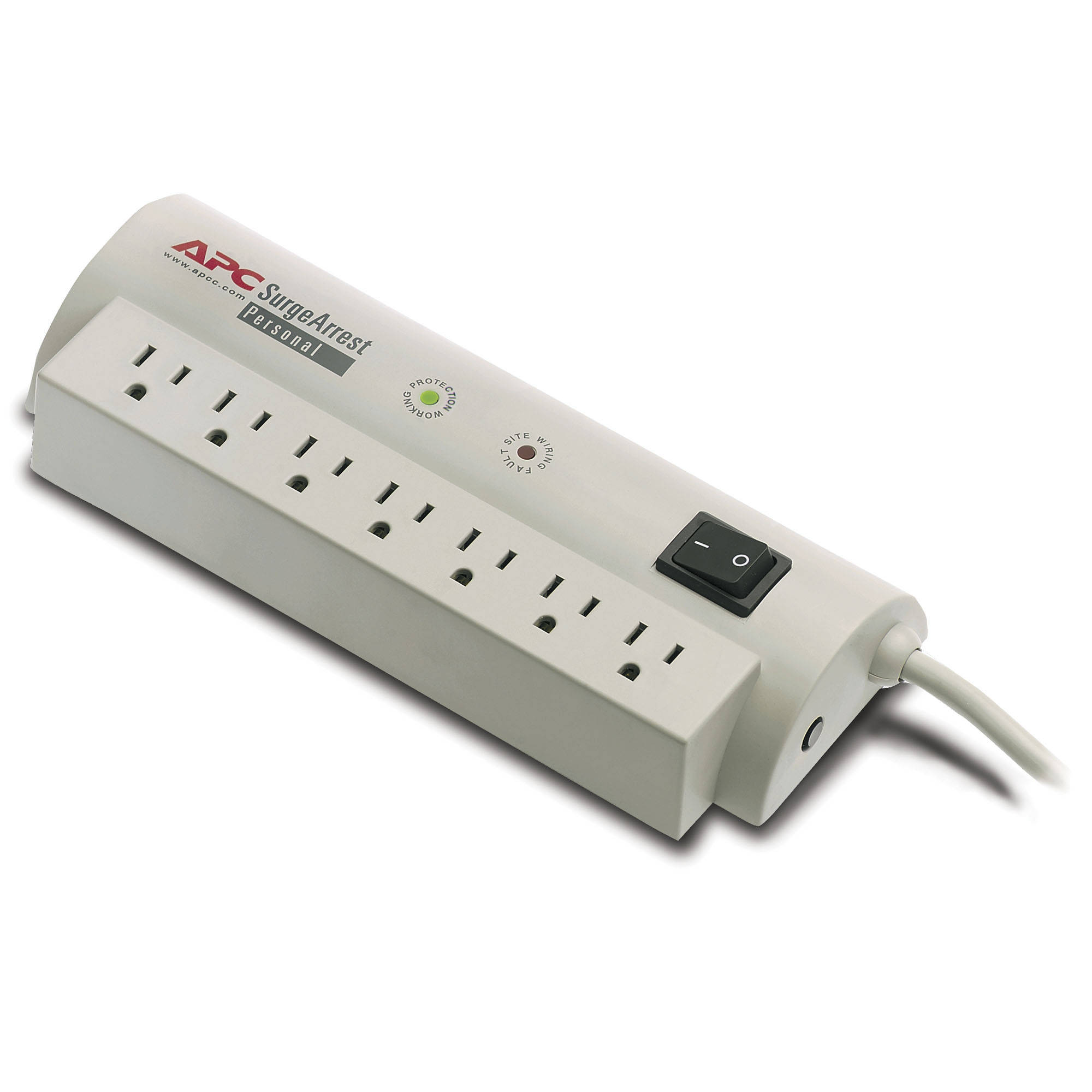
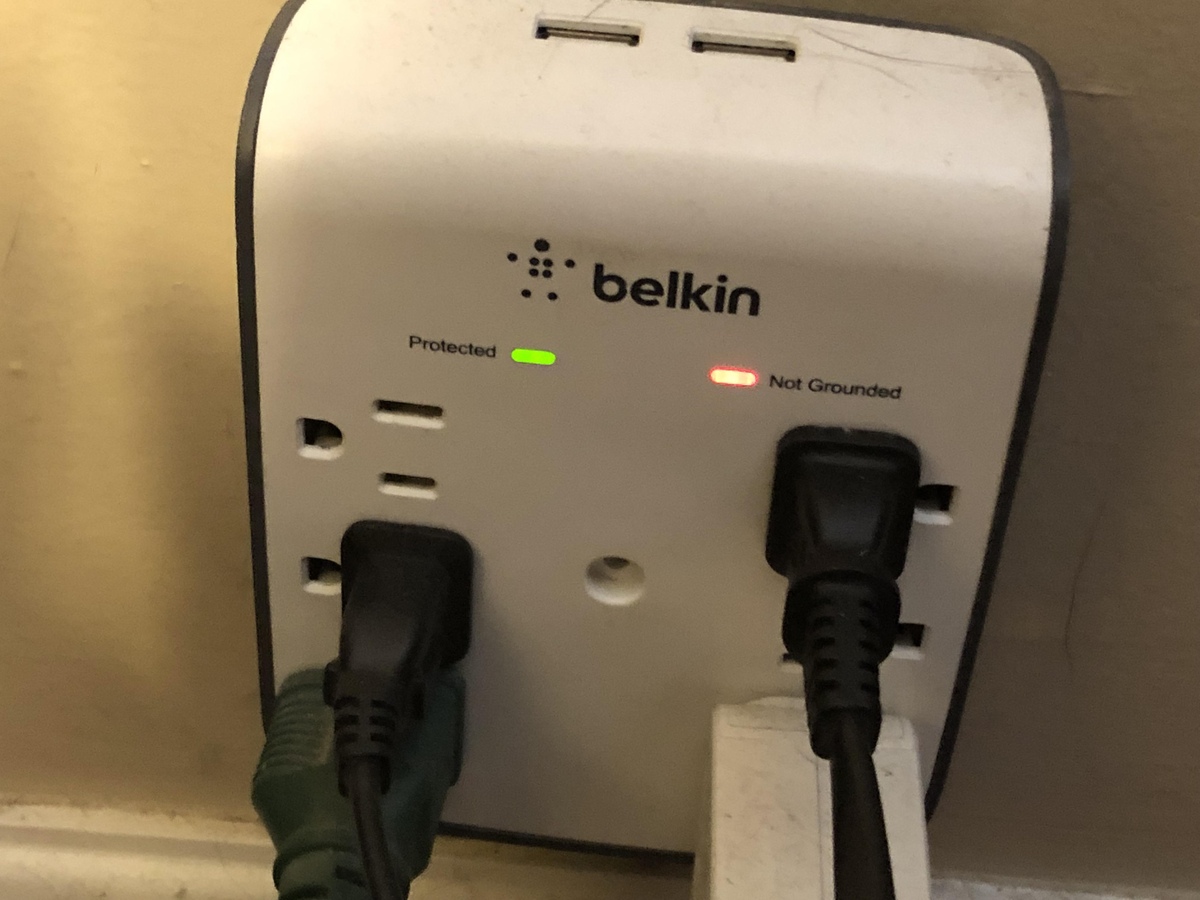
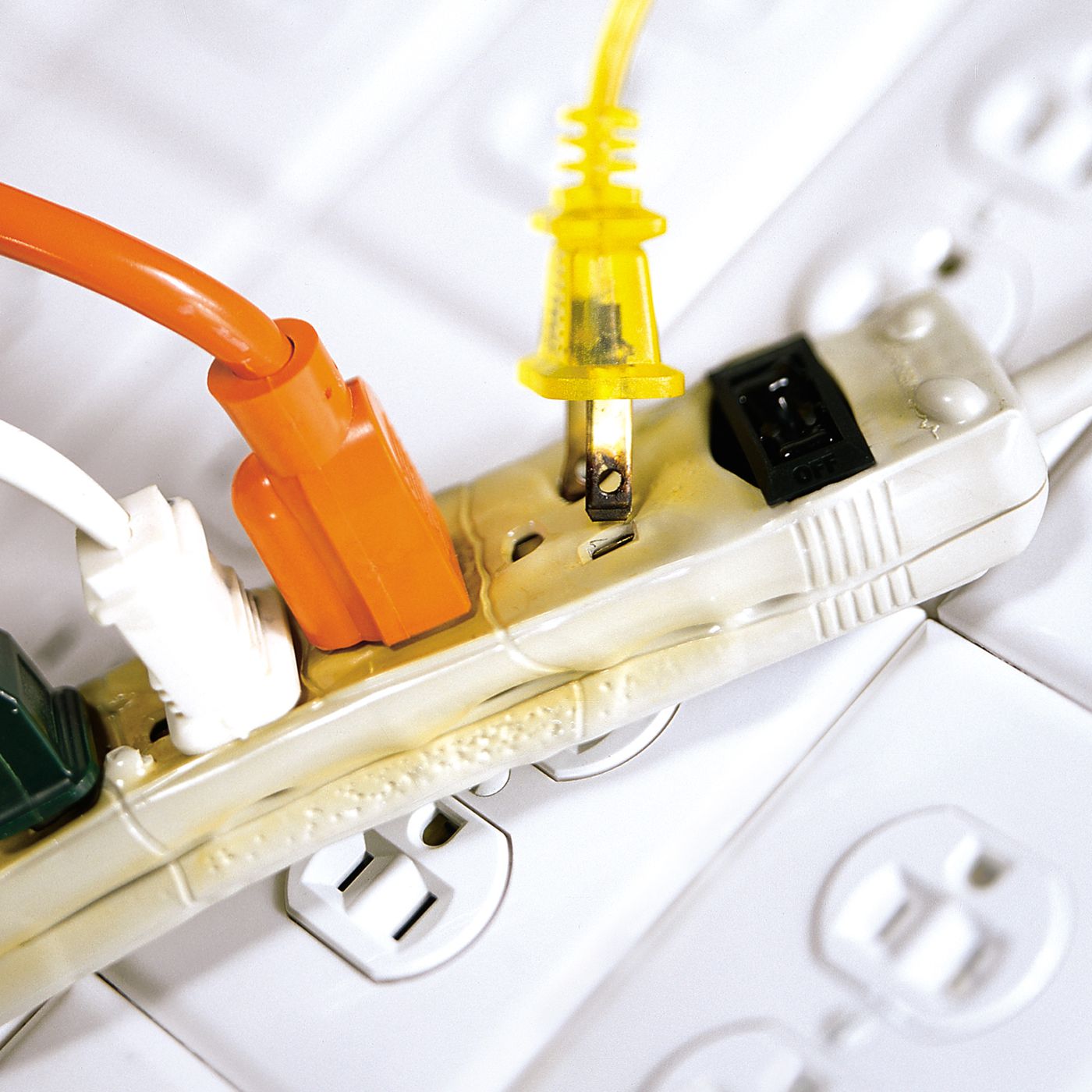
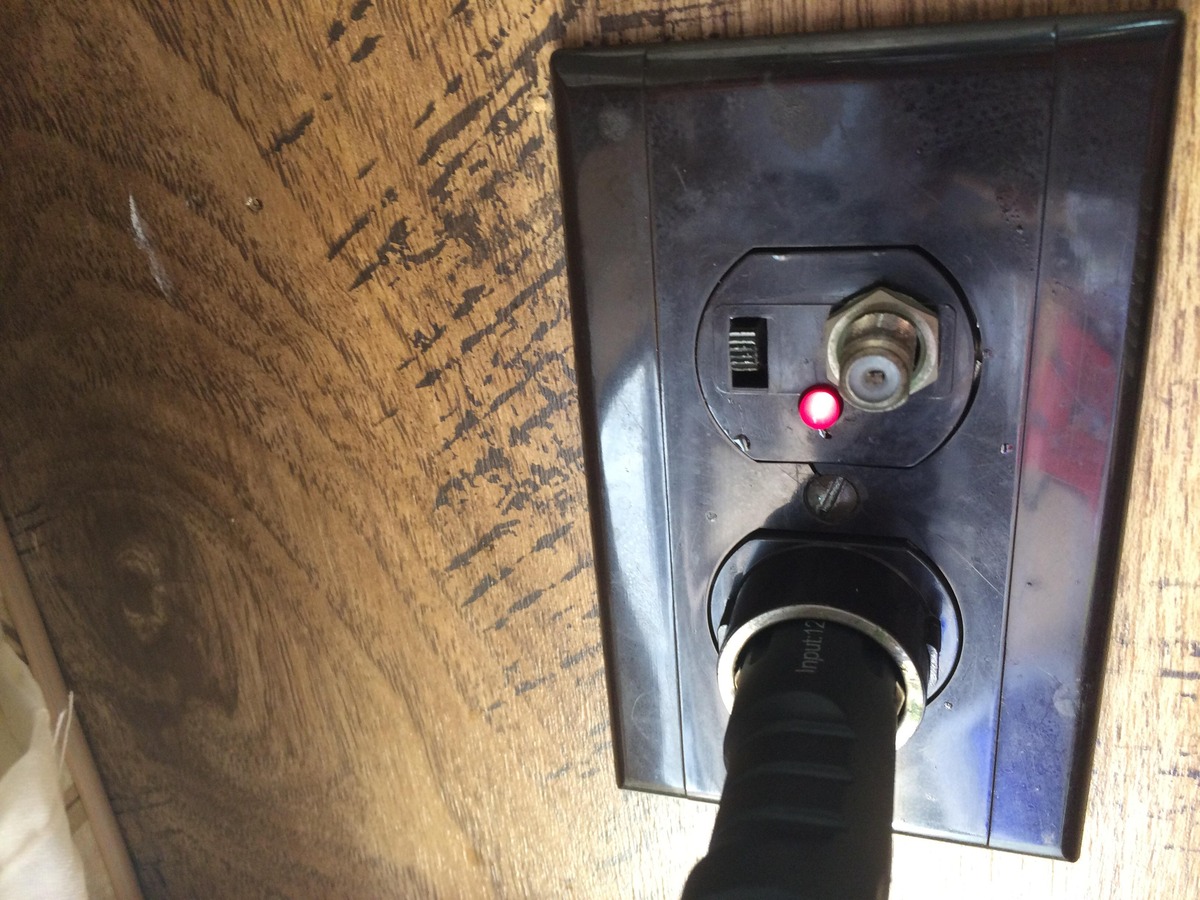
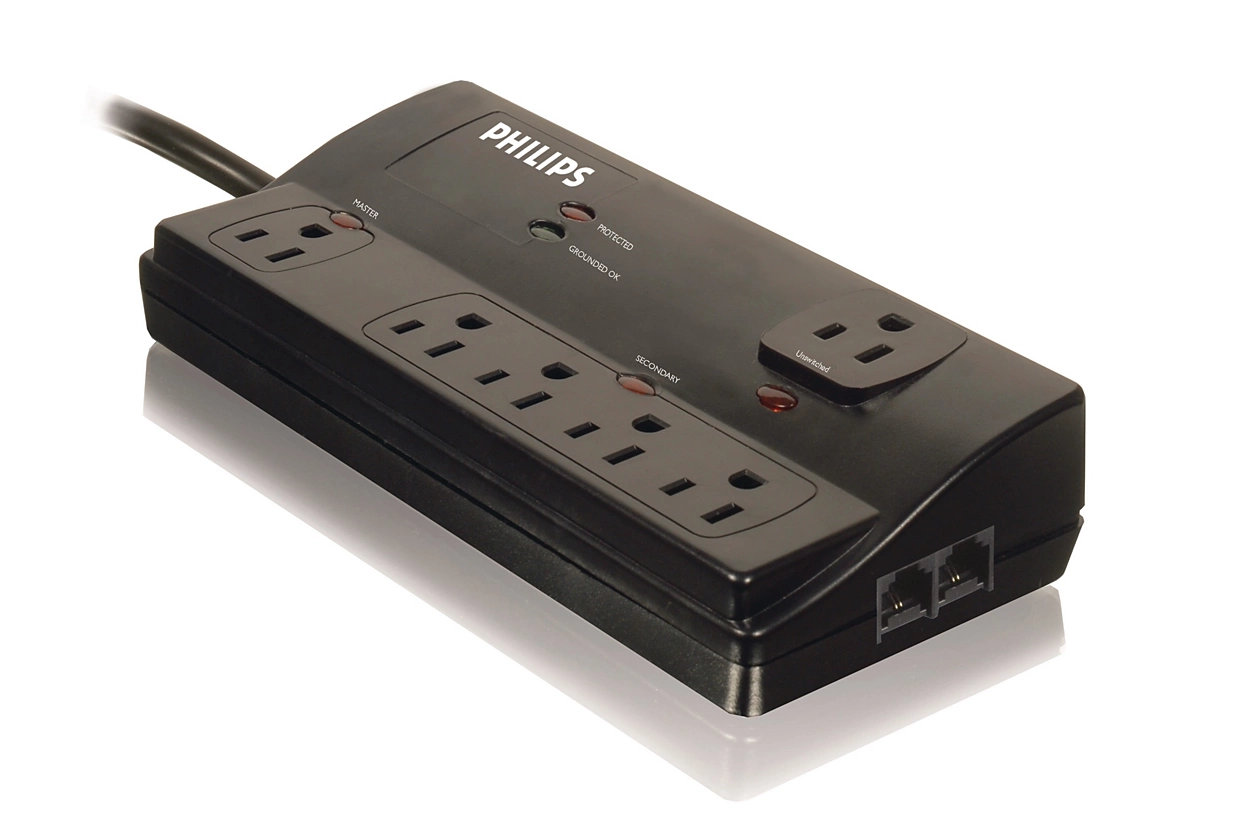
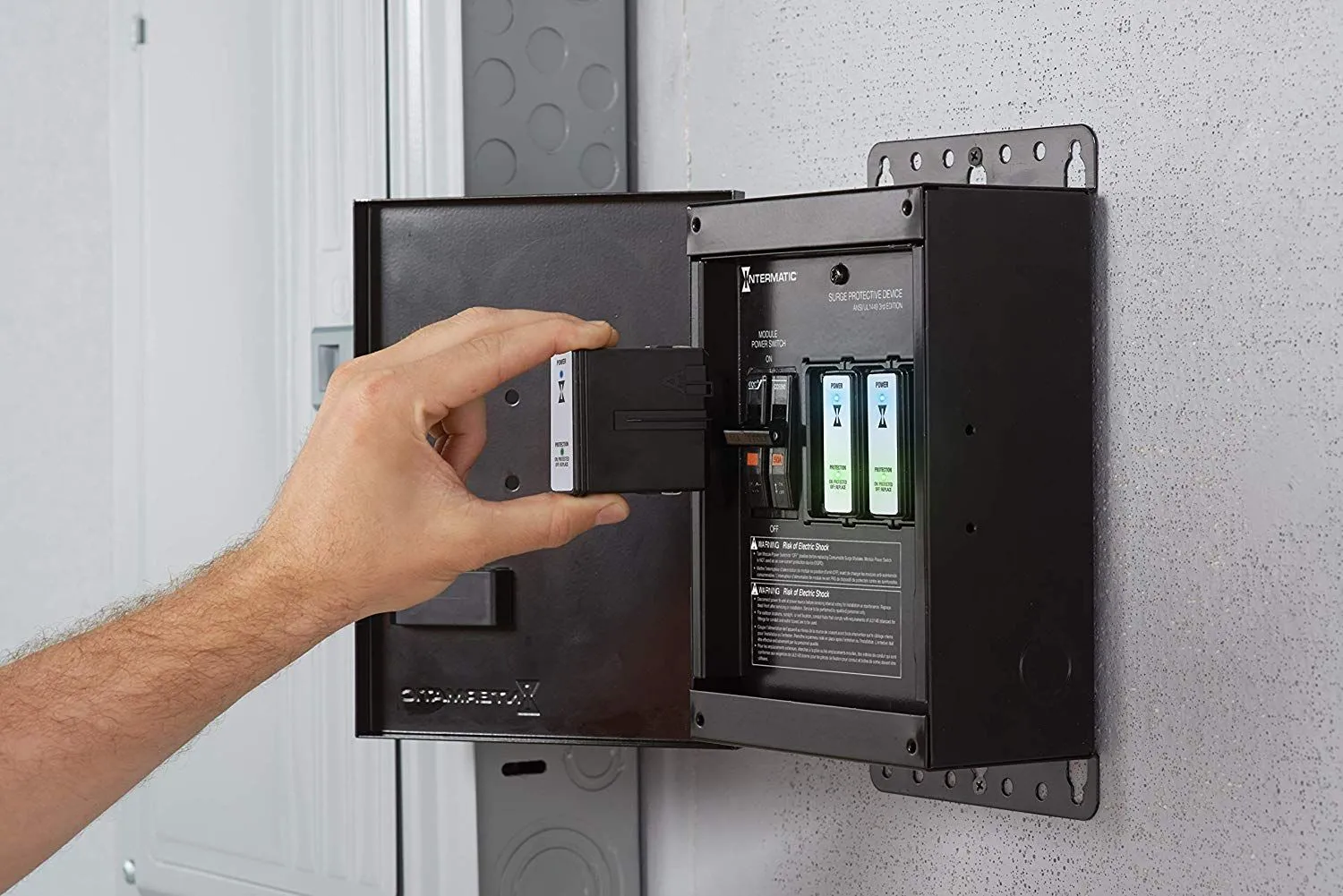
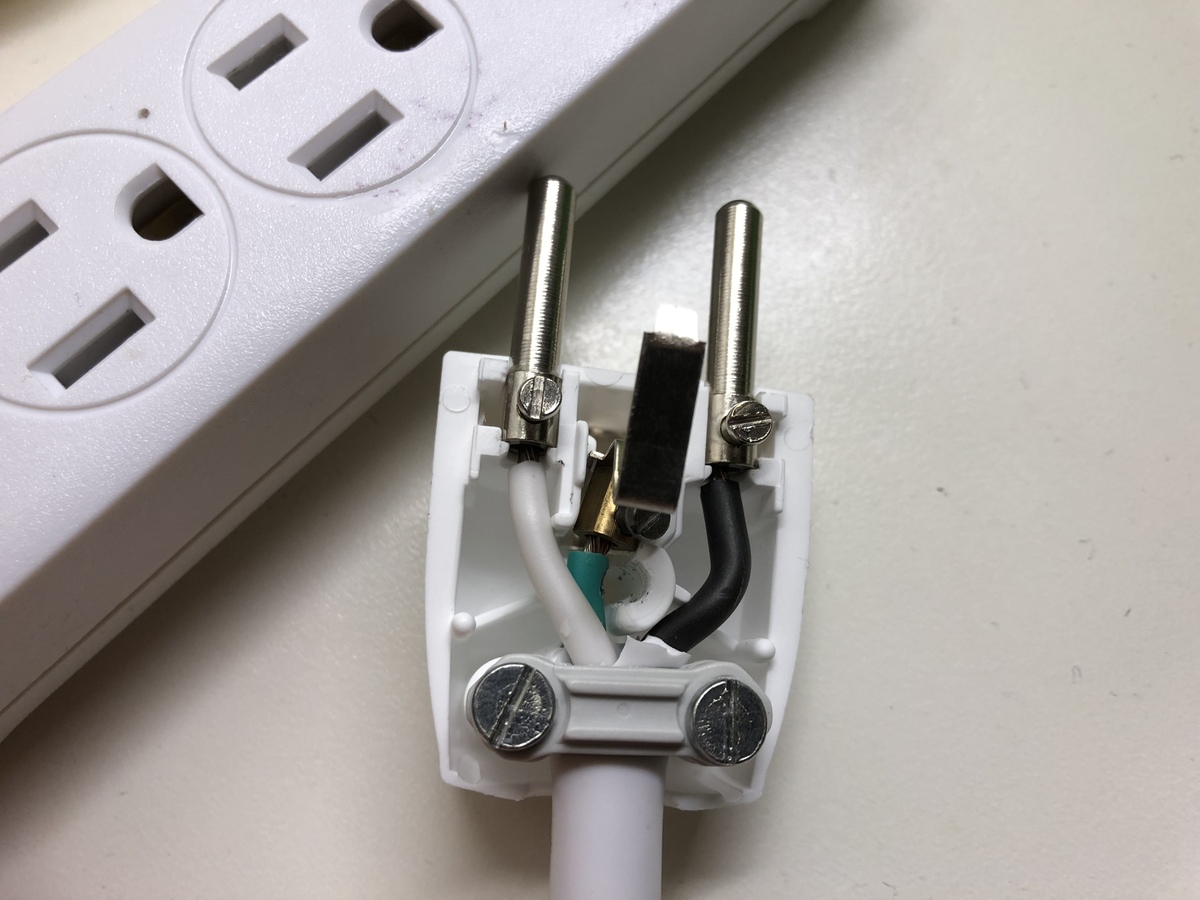
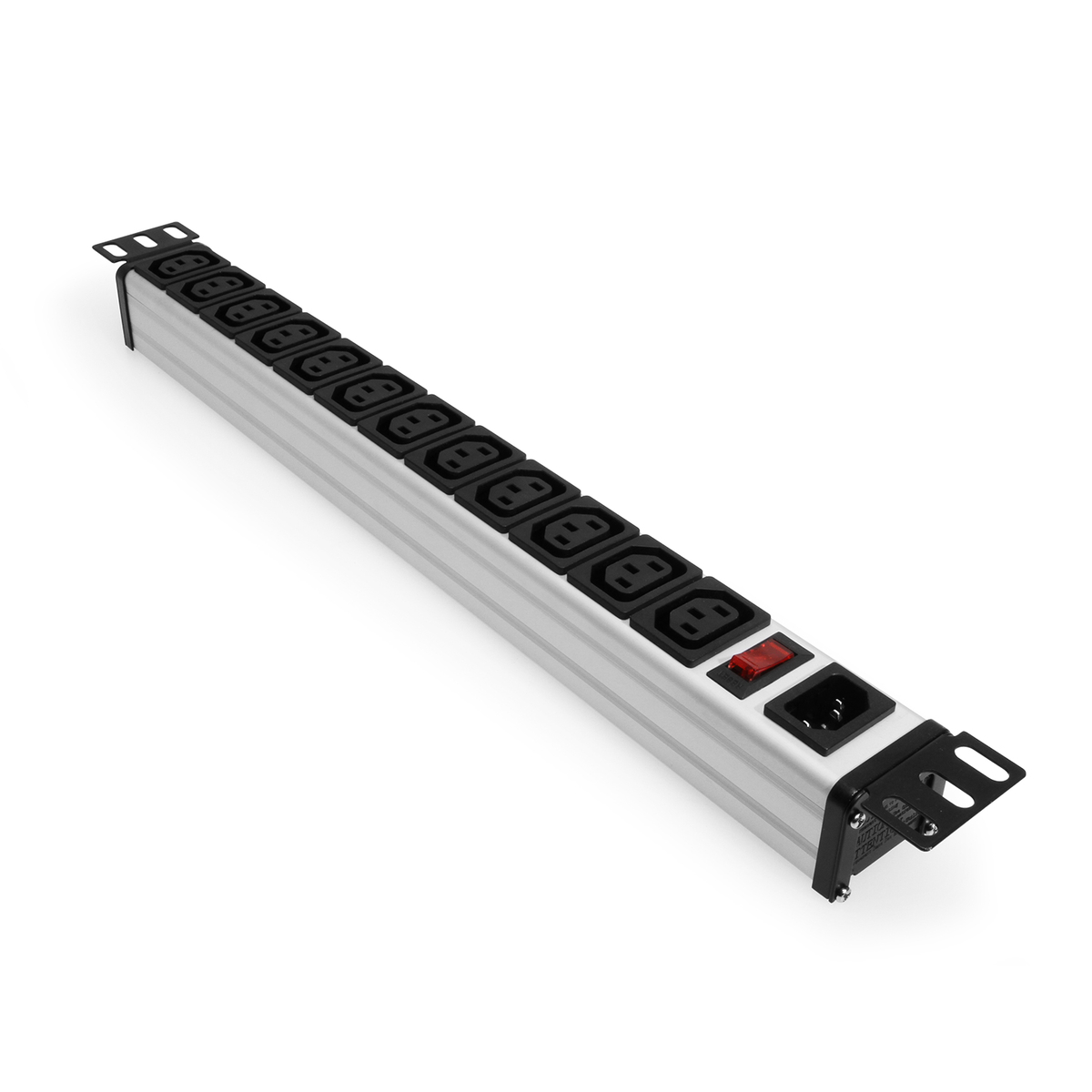
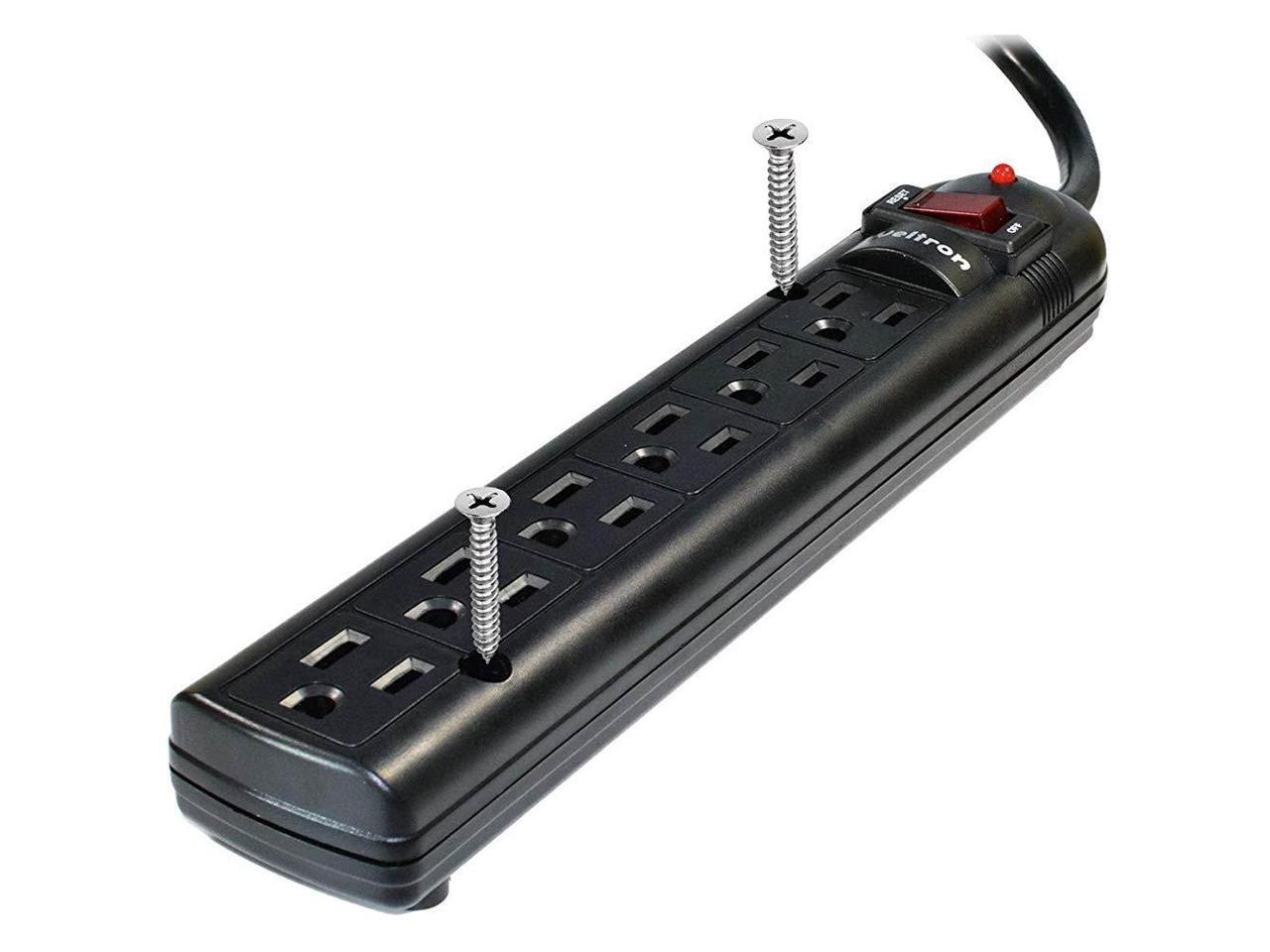
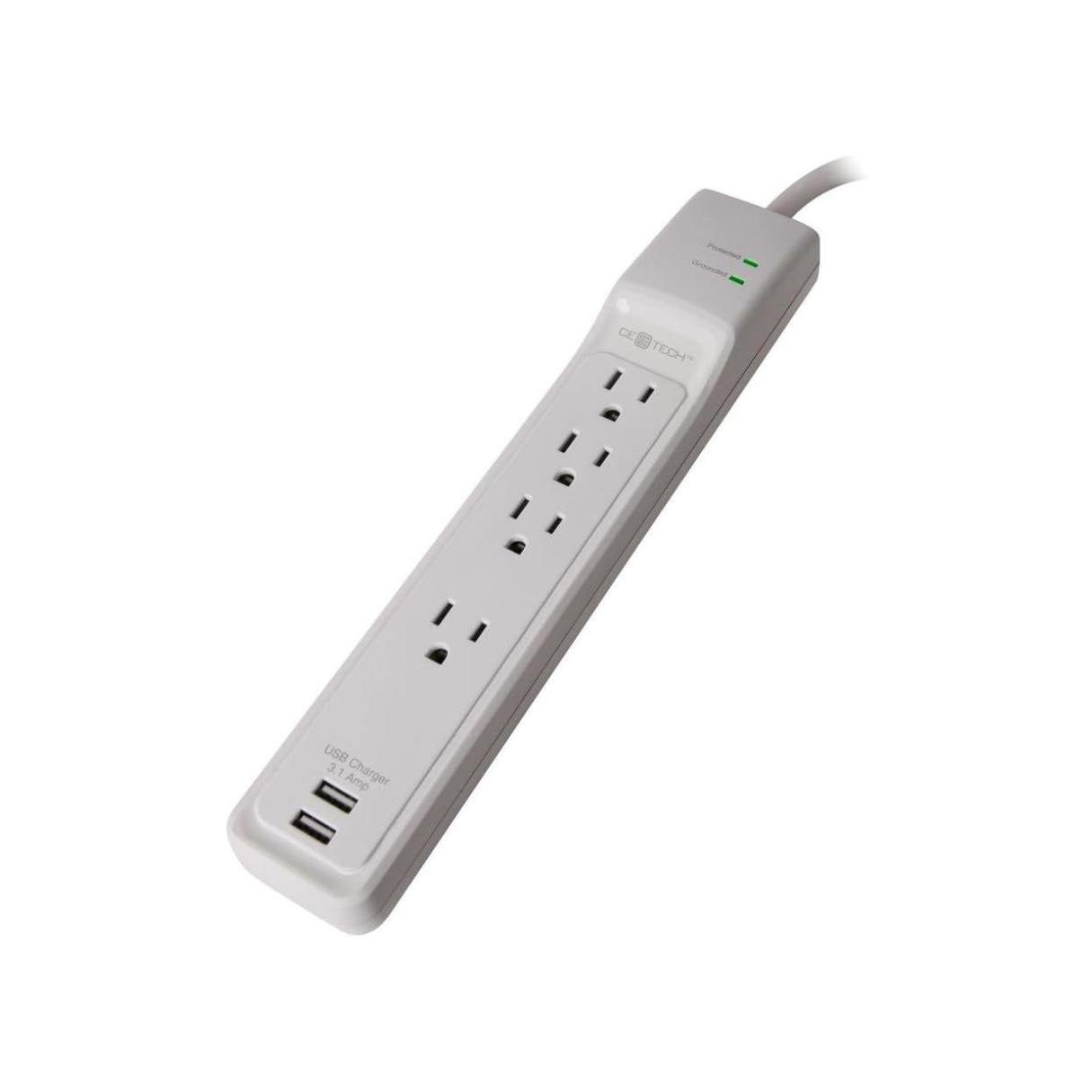
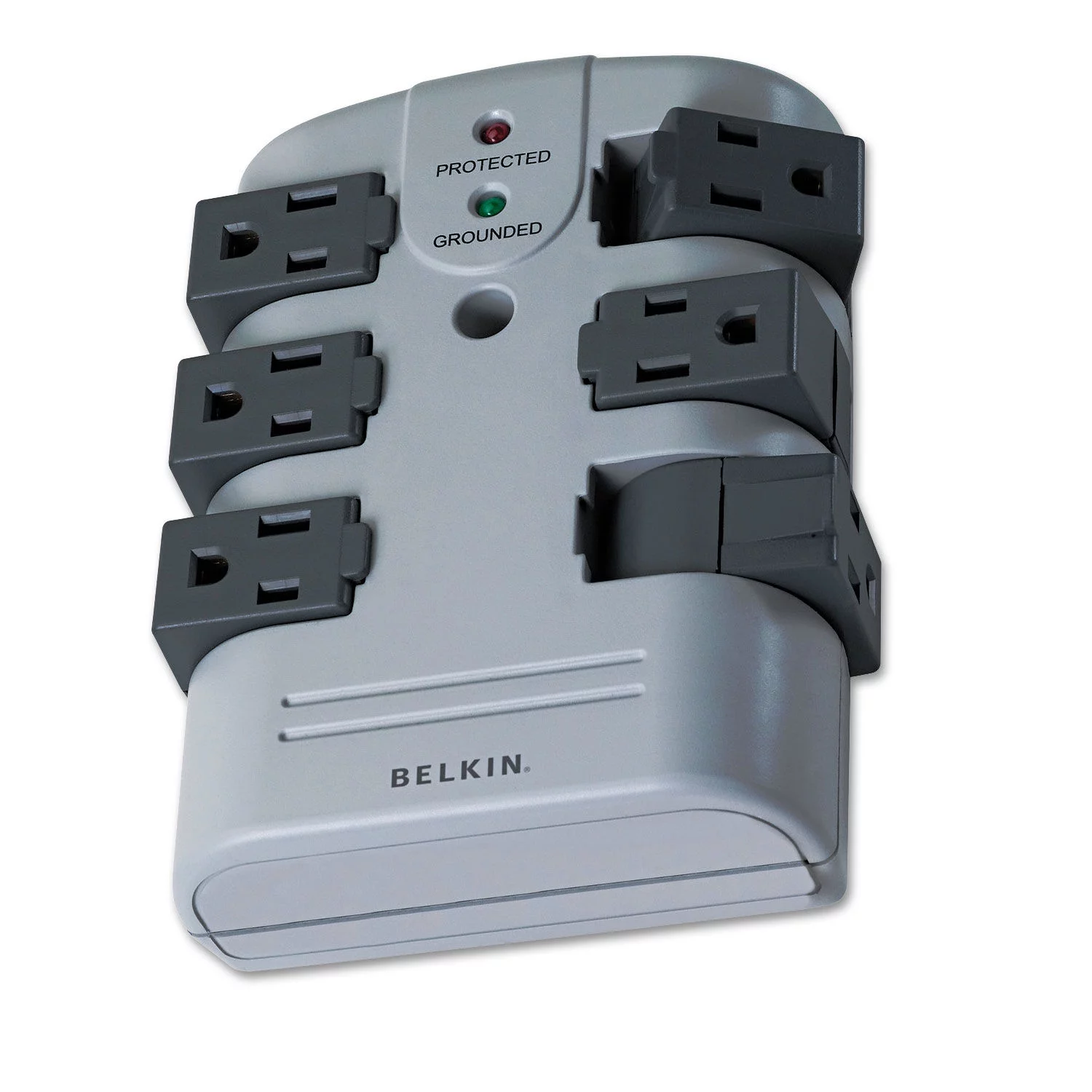
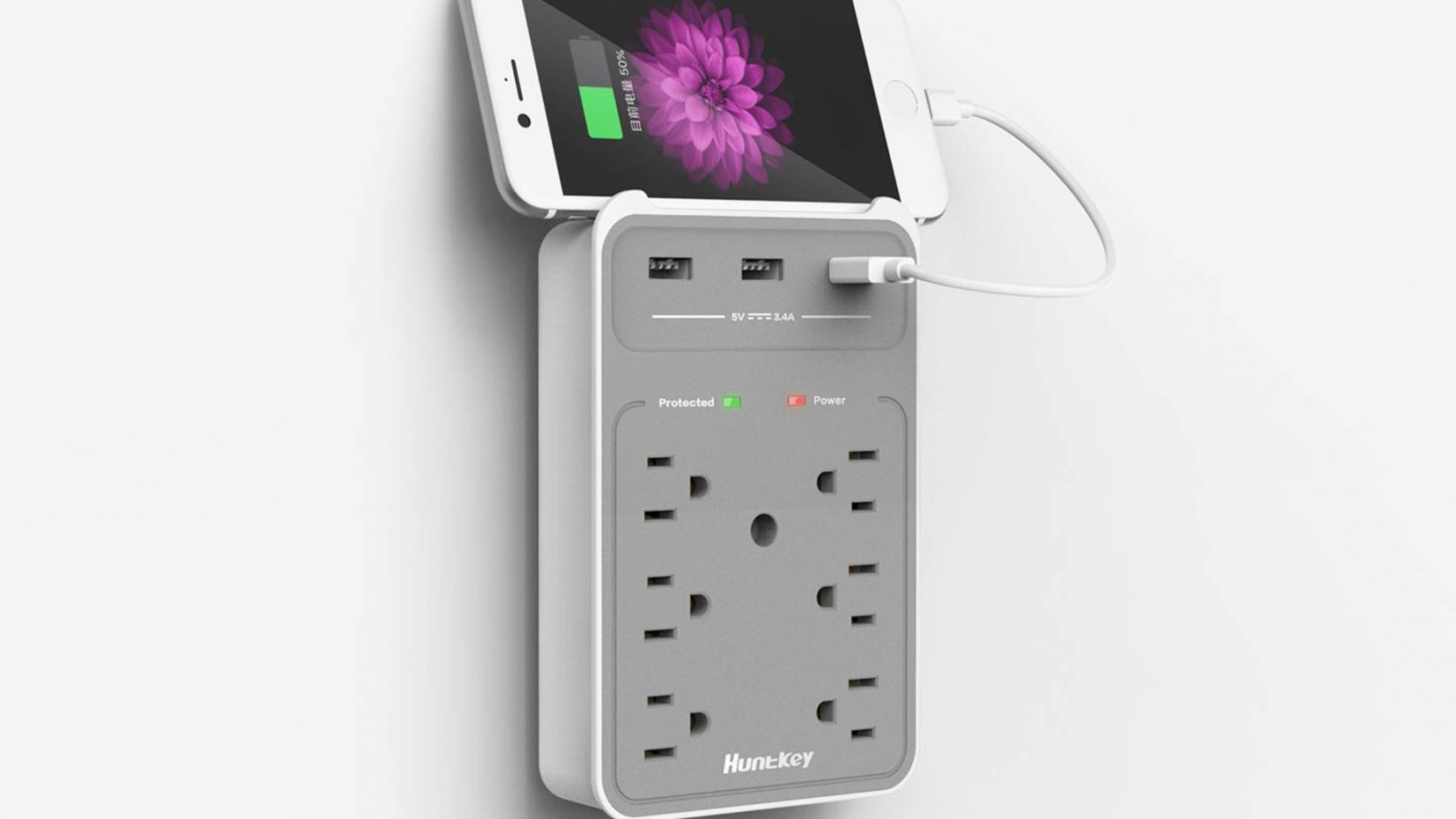
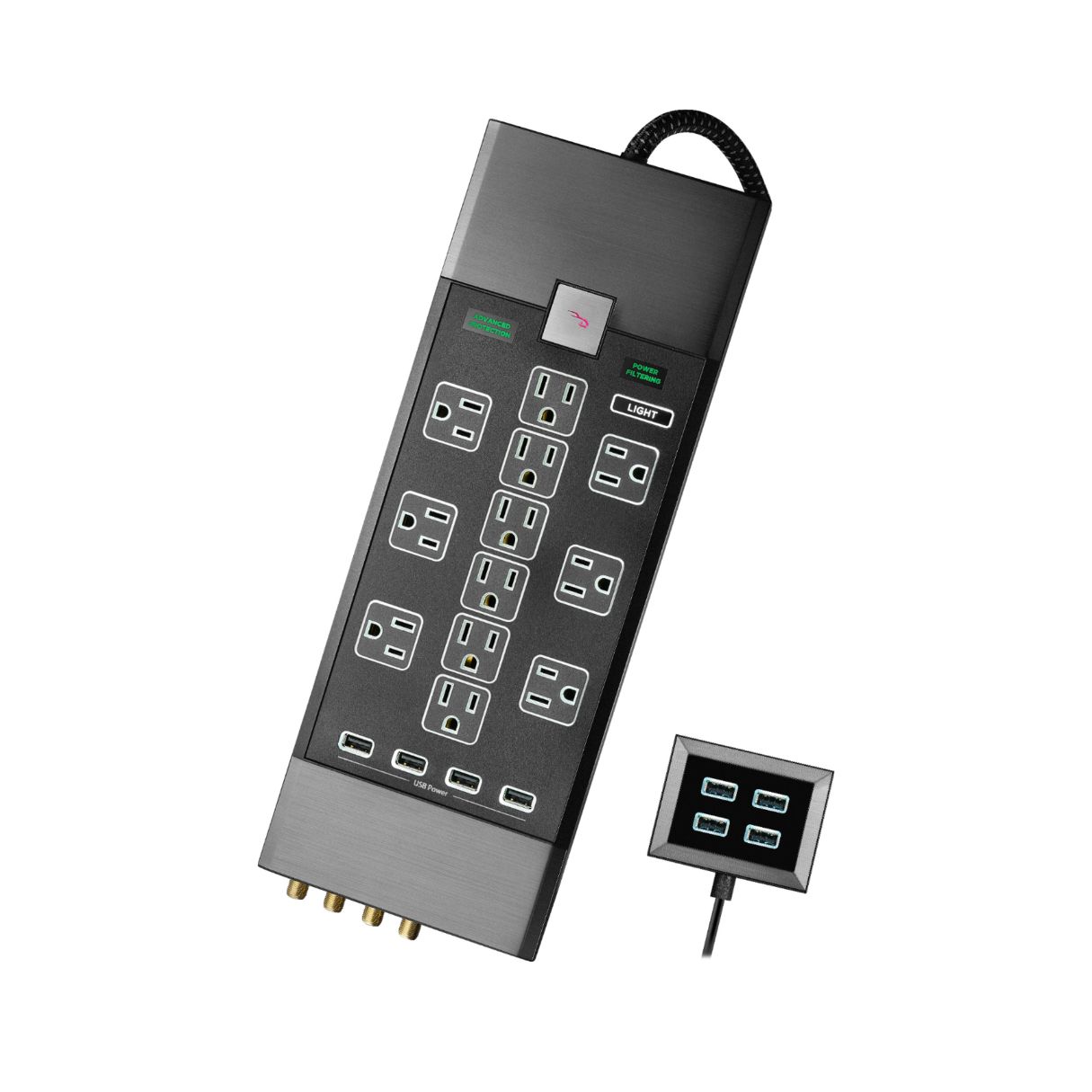

0 thoughts on “What To Look For In Surge Protector”